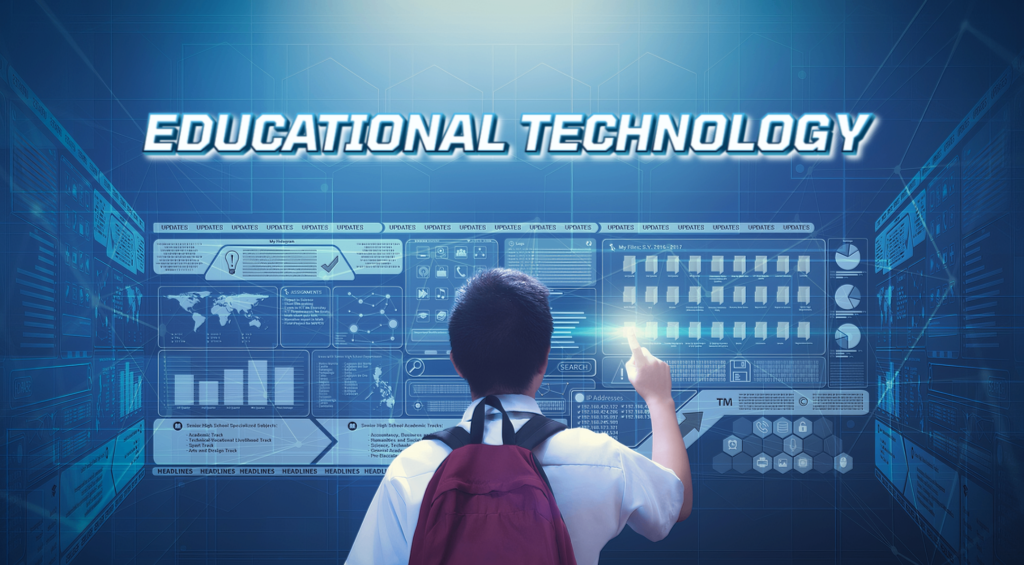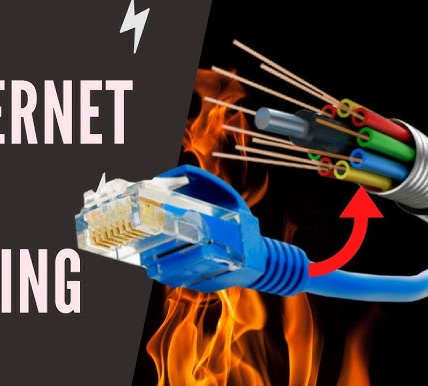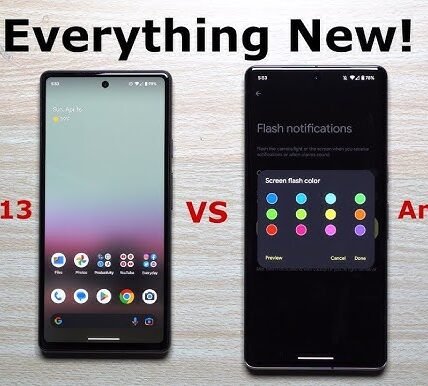Educational technology, commonly known as EdTech, represents the integration of technology tools and resources into educational practices to enhance teaching, learning, and overall educational outcomes. In the contemporary educational landscape, the importance of educational technology cannot be overstated. This article delves into what educational technology is and explores its crucial significance in the realm of modern learning.
Understanding Educational Technology:
Educational technology encompasses a wide array of digital tools, resources, and applications designed to facilitate and optimize the educational process. From interactive whiteboards and online learning platforms to educational software and virtual reality, the scope of EdTech is diverse and ever-evolving. Its primary goal is to leverage technology to enhance teaching methodologies, make learning more engaging, and empower students with essential skills for the digital age.
Importance of Educational Technology:

- Enhanced Engagement and Interactivity: EdTech introduces dynamic and interactive learning experiences. Multimedia resources, simulations, and educational games captivate students’ attention, fostering higher engagement levels. Interactive elements make learning more enjoyable, contributing to improved comprehension and retention of information.
- Personalized Learning Opportunities: One of the key advantages of EdTech is its capacity to cater to individual learning styles and paces. Adaptive learning platforms use algorithms to tailor content based on students’ performance, providing a personalized learning path. This customization ensures that students receive targeted support in areas where they need it most.
- Access to a Wealth of Information: The internet and digital resources break down geographical barriers and provide students with access to a vast repository of information. Online libraries, e-books, and educational websites empower students to explore diverse perspectives, conduct research, and expand their knowledge beyond traditional classroom resources.
- Facilitation of Collaboration and Communication: EdTech facilitates seamless collaboration and communication among students, educators, and even global experts. Learning Management Systems (LMS), video conferencing tools, and collaborative platforms enable real-time interaction, making group projects, discussions, and peer feedback more accessible and effective.
- Preparation for the Digital Age: In an era dominated by technology, proficiency in digital skills is indispensable. EdTech equips students with essential digital literacy skills, preparing them for the demands of the modern workforce. Exposure to coding, digital research methods, and technology-based problem-solving cultivates a mindset ready for the challenges of the digital age.
- Efficiency and Resource Optimization: EdTech streamlines administrative tasks for educators, such as grading, attendance tracking, and lesson planning. This efficiency allows educators to dedicate more time to personalized instruction, fostering a more student-centric approach to teaching. Additionally, digital resources reduce the need for physical materials, contributing to environmental sustainability.
Conclusion:
Educational technology serves as a transformative force in education, offering innovative solutions to age-old challenges and opening new avenues for teaching and learning. Its importance lies not only in enhancing the efficiency of educational processes but also in preparing students to thrive in a rapidly evolving, technology-driven world. As EdTech continues to evolve, its role in shaping the future of education remains pivotal, promising a more inclusive, engaging, and adaptive learning experience for students worldwide.



